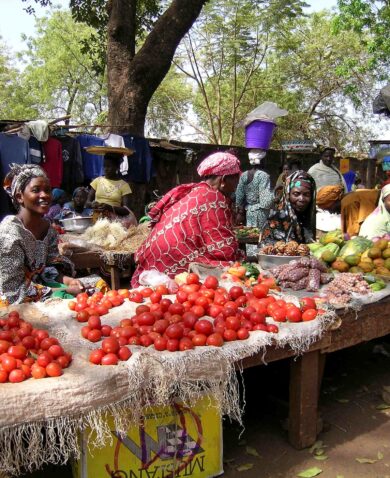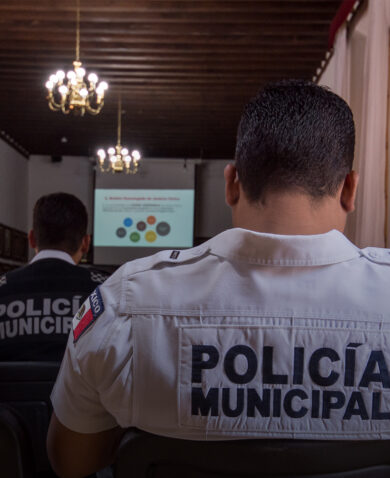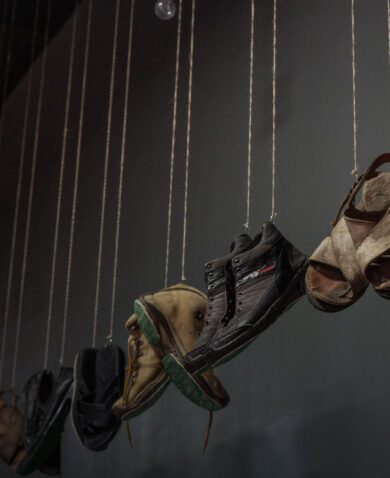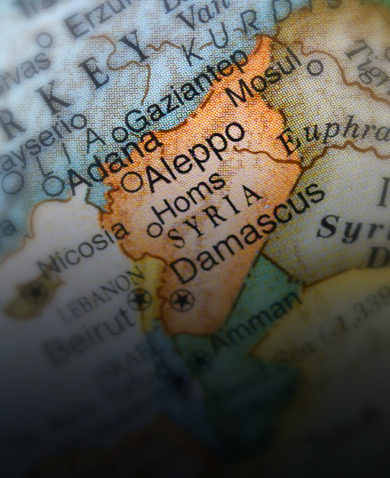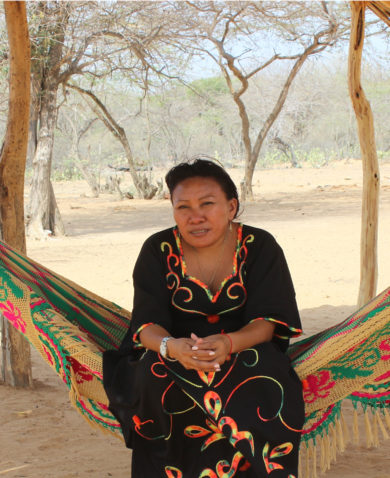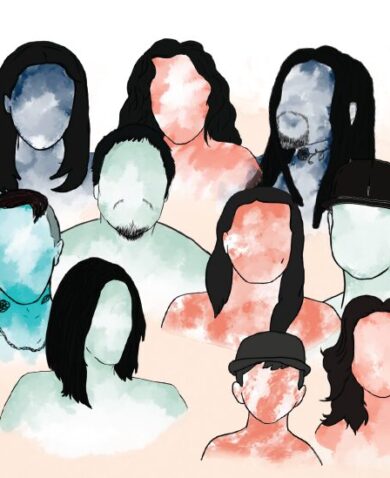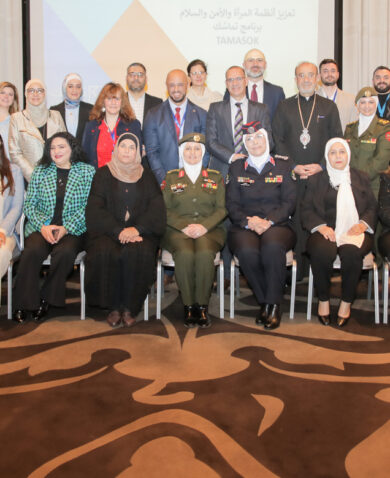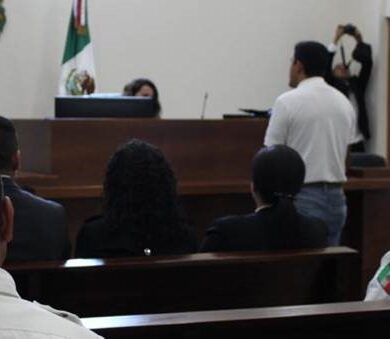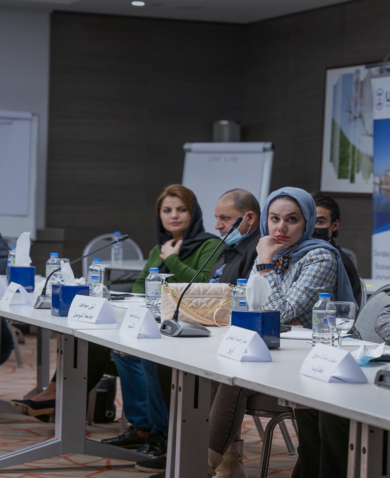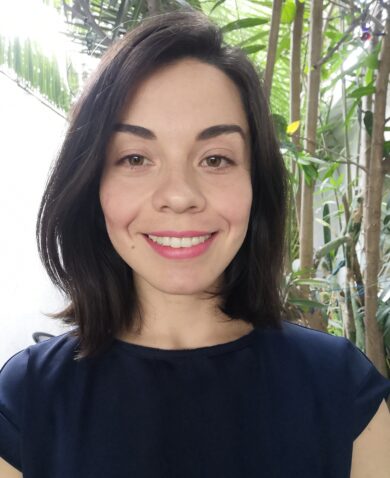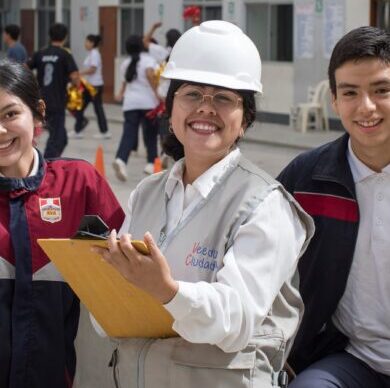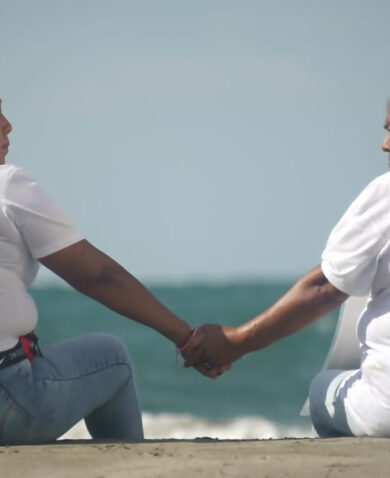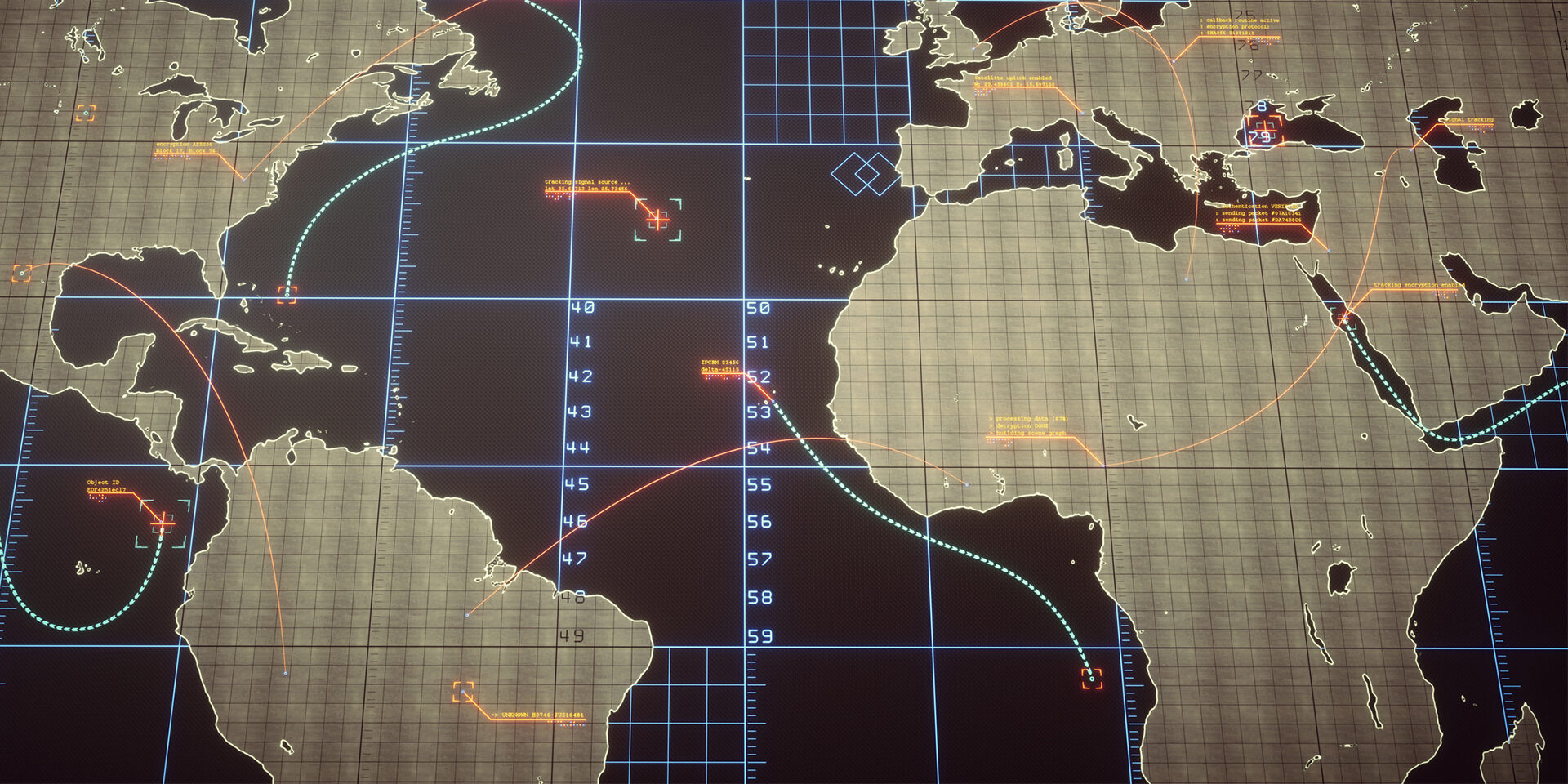
Rethinking the Relationship Between Security and Development
August 11, 2022 | 6 Minute ReadHow do development practitioners and their security colleagues curb perceptions that security and technical experts have two seemingly disparate goals?
Traditional interpretations of security that focus on ‘gates, guards, and guns’ can lead to the perception that project resources are being diverted from development to security objectives. Consequently, security within development projects is often seen as a zero-sum game. At times, security measures may feel unrealistic given the operating environment, time or budget constraints, and perceptions that such measures are too restrictive for development project staff to be flexible and achieve project deliverables. The stereotype of the security manager who exists merely to say ‘No!’ or demand more armored vehicles is still a reality.
Perceptions that security relies on ‘brute force’ can foster fear or a sense of inconvenience rather than create assurance and collaboration with security operations. However, at their best, security and development mutually reinforce one another for project impact. So, how do development practitioners and their security colleagues curb this perception that security and development have two disparate goals? This blog post aims to expand ideas of what security means and how security measures enhance and enable, rather than hinder, development goals.
Security Risks Categories and Intersections
While bodily harm may be the first concern when one thinks of security risks, development practitioners face a variety of other risks that may threaten the integrity and effectiveness of a project. Such risks certainly involve physical and psychological safety to individuals, as well as financial, reputational, and operational risks to the projects or organizations carrying out the work.
Physical and human security must be ensured before a development project can occur. These risks arise amid multifaceted security threats, from coup d’états and war to day-to-day travel and workplace accidents. Financial risks refer to the possibility that resources will not be used as intended. For example, international organizations may experience armed robberies of project offices, cybercrime, fraud, corruption, or simple property damage or loss. Reputational risks can result in increased physical, financial, or operational threats against projects or the staff that work on them, and in some cases, project activities may abruptly halt amidst imminent threats to assets, staff, and budget spending. Operational risks can arise from any of the above categories in which the impact may also inhibit an organization from meeting project objectives. This can result from losing access to community stakeholders; country sanctions; governmental restrictions; or in-country dynamics that only collaterally impact development projects. Of course, these different areas of risk overlap and intersect, and it is important to account for these intersections in any cohesive security and development programming strategy.
Development projects and staff will inherently confront risks that impact project continuity. Risk and the opportunity to implement development projects go hand in hand, and indeed, risk taking is intrinsic to the process of development. Effective safety and security procedures allow for better stewardship of project budgets by reducing loss. To achieve that goal, risk management combines the capacity to prepare for risk with the ability to cope afterward to ensure resilience in the face of adverse events. Coping with security risks involves not only preparing staff on personal safety and security awareness, but also providing stress, traumatic, and/or psychological safety measures.
When we expand our understanding of the multifaceted risks a project may face, it becomes clear that security efforts are foundational to the success of any development programming.
Integrating Security into Development: Calculating Risk and Anticipating Change
At Chemonics, security involves ensuring the safety of project staff, assets, and fulfilling the achievement of project deliverables. They are not separate. Our project and security personnel work as one team to prioritize security approaches that enable rather than oppose development work and project continuity.
Effective security management offers the opportunity to create integrated and localized approaches to conflict, crisis, and disaster reduction. There are major contextual and environment differences that exist in the planning and implementation of international development projects. Successful security management is proactive in reducing risks for project operations, staff, and organizations. This contends that the response to security threats and risks, such as insurgency, political upheaval, or natural disaster, is not to reject change to avoid risk, but to prepare for the opportunities and risks that change entails.
Security teams play an important role in improving the transparency and reliability of threat, risk, vulnerability, and potential mitigation options. The role of security management in this context is to inform project implementation and activity according to 1) the threats and vulnerabilities that exist 2) the risks an organization is willing to accept in-country and 3) the risks necessary to take to complete the required project objectives.
Putting People First
Security risk management not only assesses external threats, but also how Chemonics staff from various backgrounds are perceived and the vulnerabilities of each project or staff member. Risk profiles may influence how quickly a project staff member is issued a visa, who might have trouble approaching security, and what personal identity profiles may be most at risk in a particular country or locality. Such profiles differ depending on a person’s race, sexual orientation, ethnicity, gender, religion, dress, language, location, job/role, and citizenship. In addition to adequately assessing the risks, it is the job of a security team to work diligently to fully communicate risks to staff and ensure they understand the level of risk they are taking in any given environment. Security management teams have a duty of care to take all reasonable measures to inform and protect staff from foreseeable risks. Without security procedures such as security risk assessments, pre-departure briefings, and travel restrictions in place, project objectives and impact may not be successfully implemented.
Localizing and Tailoring Security Approaches
According to Chemonics’ Haiti Country Security Manager James Sylaire, much of the security team’s work revolves around human security and what he describes as “common sense security.” This involves localizing a security approach to the cultural and political context of a country. In Haiti, there are often protests that may descend into violence or regions that may pose greater threats to team members’ safety. As a result, he highlighted the importance of security protocols and procedures that allow for early country office closures and flexible work to allow staff to avoid being in the imminent vicinity of protests and limit risk of kidnapping. Sylaire emphasizes further that “security and development must work together for good implementation,” highlighting that “relationship-building” is at the heart of the nexus between security management and development.
Internal and external relationship building becomes crucial in a country such as Haiti where there is a volatile security context. “Collaboration with [security] allows the country office and staff to predict and analyze risks before they happen,” Sylaire says. To that end, cultivating positive relationships with local actors is necessary to gain acceptance within the operating community, in addition to localizing security efforts. Kenya Security Coordinator Lennox Achola Owuor emphasized further that “the geographical location of a project office also matters to security localization.” He compared two different projects in Kenya, one in the northern region and another in the southern region of the country. Although both projects are in the same country, because northern Kenya is more rural and often lacks easy access to fuel and basic services that project staff may need to operate, it may take more support and innovation to comply with some security measures than it might in the southern region.
In conversations with project management teams, staff emphasized that ensuring collaboration requires working closely with in-country expertise to better understand evolving security situations. As an example, an increase in fuel prices and crisis in Haiti has affected Chemonics activities on multiple fronts. Not only are gas stations being targeted by armed groups in Haiti, but a rise in prices and a shortage of fuel also impacts project drivers and the overall commute of staff. Meanwhile, Burundi-based program manager Isabelle Saliba emphasized the role of risk coordinators and security and safety focal points in informing the project “on both where a traveler can and cannot travel too, and how a traveler should be briefed and trained before a trip.”
Conclusion
A comprehensive, human-centered, and localized security approach grounds good development work. Security measures and protocols encourage us to be honest about the nature of complex risks and threats. To that end, complex change should not be interpreted as something that may hinder project impact or continuity—but enhances it. Although risk management, no matter how well conceived and implemented, cannot eliminate all risk, it can greatly reduce the likelihood of security threats and vulnerabilities, while also mitigating future security risks during and after the life of a development project.
What perceptions or practices are hindering effective collaboration between security and technical functions in your project or organization? How might you overcome them? A more expansive, collaborative view of security can provide a deeper understanding of its complexity in ever-changing contexts as well as opportunities for innovation, inclusivity, and a stronger sense of safety for development projects and the communities in which they work.
Christina Johnson, senior director of Chemonics’ Global Safety and Security Division, and Ryan Wismer, an advisor in Chemonics’ Global Safety and Security Division advised and contributed to this blog post.
Posts on the blog represent the views of the authors and do not necessarily represent the views of Chemonics.





